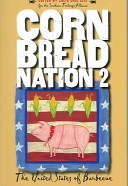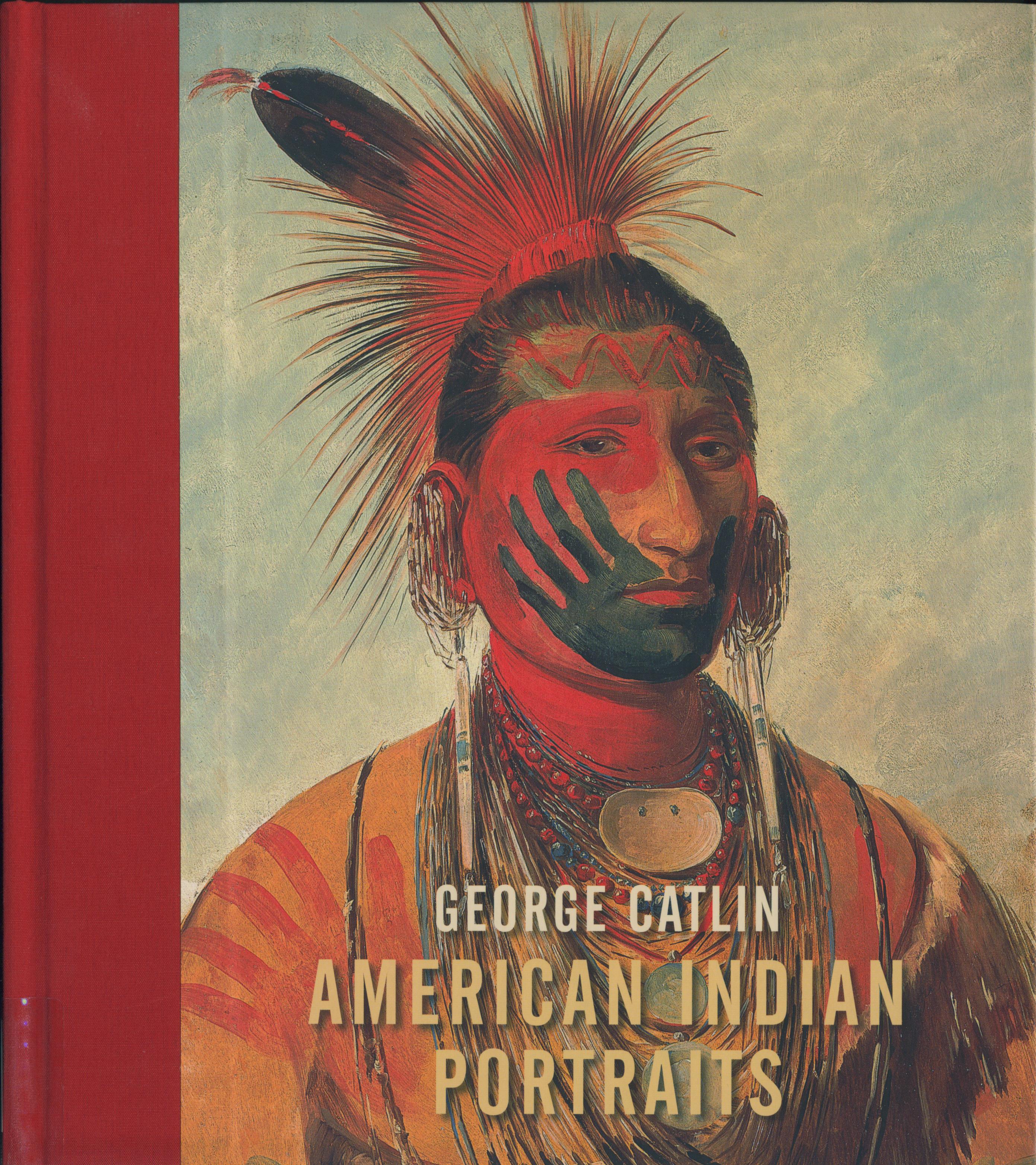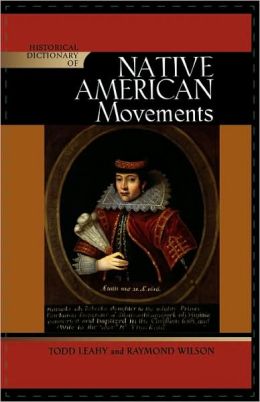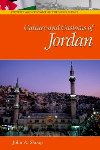
Cornbread Nation 2:
The United States of Barbecue
edited by Lolis Eric Elie
TX840.B3 C67 2004
New Arrivals, 2nd floor
I love barbecue so this book naturally caught my eye as I reviewed our New Arrivals shelves to pick a book for this week. I often get a hankerin’ for a plate of corse-chopped barbecue (just a little outside meat for some smokey tang), red slaw, hush puppies, and fried okra. Oh, and some sweet tea. (And maybe some peach cobbler.)
Living here far away from my home state of North Carolina, I fear that I may have to explain my terms to those of you not well-versed in barbecue theory and practice. First of all, barbecue is most definitely a NOUN and not a verb. Barbecue is the result of cooking meat low and slow over a (wood) fire for hours and hours until the meat becomes juicy, tender, and smoke-infused. Secondly, the meat should be pork shoulder.* Thirdly, the sauce (and there should be sauce, Texans!) should be the Western North Carolina-style mixture of vinegar, cayenne pepper, and a touch of ketchup (also called Piedmont style). No thick, sticky-sweet Kansas City-style sauce, thin, runny, vinegar sauce (I’m looking at you, Eastern North Carolina), blasphemous mustard-style (no thanks, South Carolina!), or truly bizzare mayonnaise-based sauce of Alabama (mayo?!?).
The essays in Cornbread Nation are like wafts of sweet, hickory-smoke-filled air that whet your appetite for Southern barbecue and related foods. The force behind the book, the Southern Foodways Alliance, is a non-profit organization that helps revive and promote Southern-style cooking, food traditions, and farming throughout the country. The writers in this book range from nineteenth-century journalists recording their impressions of a Georgia barbecue and political rally to the foremost essayist on North Carolina barbecue today, John Shelton Reed.** Check out this book is you want opinionated, funny, enlightening, and fortifying thoughts on Southern food and culture—but don’t drip sauce on the book while you are eating!
*Although, as Ellen so graciously modeled the sense of open-mindedness that all librarians should aspire to last week in her post on dogs, I will admit that there are many barbecue traditions throughout the South that use meat other than pork. Beef, chicken, and mutton (Really, Kentucky? Mutton?) are the most popular. I will say however, that these other meats do not come anywhere close to being as good as pork.
**To get an idea of how seriously some folks take their barbecue, check out this exchange between John Shelton Reed (an aficionado of Western-style NC barbecue) and the new barbecue editor of Texas Monthly, Daniel Vaughn.





 Search
Search 
